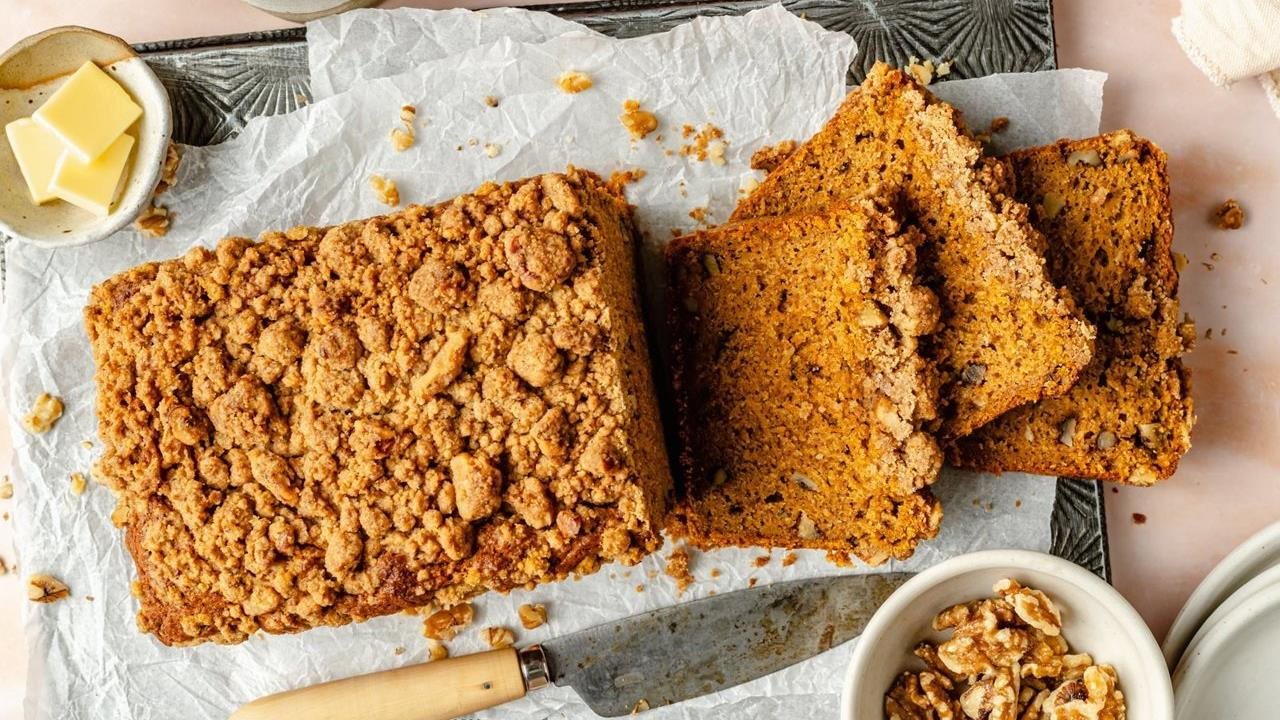2023-12-20T15:19:00
(BPT) – Holiday spending is expected to reach record levels this year. While many families got an early start in October to land hot deals and avoid crowds, gift cards remain one of the hottest items toward the end of the season, landing in the top three gifting items heading into Super Saturday, according to the National Retail Federation.
In fact, U.S. consumers will spend about $300 on gift cards this year — up from $217 last year — according to the 2023 Deloitte holiday retail survey. But, as popular as gift cards are, experts warn that gift card scammers are getting more and more creative each year.
That’s why Walmart has compiled tips from experts across the industry on how to stay vigilant this holiday season. These include:
No legitimate business or government agency will ask you to buy a gift card as a form of payment
Gift card scammers often start with a call, text, email or social media message directing consumers to buy one or more pre-paid gift cards as a quick form of payment. They often play into emotions, telling victims there’s a problem with their Social Security, an emergency, a loved one is in trouble or they’ve won the lottery, for example.
Requests that claim to be from the government, tech support or a utility company are a red flag. No matter what they say, no legitimate business or government agency will ever ask consumers to buy a gift card as a form of payment, according to the Federal Trade Commission (FTC).
Buy direct and keep receipts
Planning to buy a gift card? Purchase it directly from a trusted retailer or the business issuing them. If purchased in-store, ensure packaging hasn’t been tampered with. Still unsure? Check with a store associate. Many major retailers like Walmart train associates to identify gift card scams.
Report suspicious gift card requests
Report suspicious requests to gift card issuers right away. There should be instructions for how to do so on the back of the card. Always keep receipts, as they can come in handy when reporting gift card scams to the issuing company.
Many organizations like the FTC and AARP have fraud prevention helplines. Informing these organizations of suspicious experiences can help make a difference.
- Visit AARP Fraud Watch Network at www.aarp.org/fraudwatchnetwork or call the Helpline at 1-877-908-3360.
- Tell the FTC at ReportFraud.ftc.gov.
Stay informed and be vigilant
Being vigilant and keeping these tips in mind can keep customers from falling victim to costly gift card scams.
Such was the case recently when a local Minnesota police chief’s own family member almost fell prey to a scam but was thankfully thwarted by vigilant Walmart associates at two different stores when they refused to sell the would-be victim $4,000 in gift cards after identifying signs that she might be a victim of fraud.
As part of Walmart’s ongoing effort to help protect our customers, Walmart is donating $5 million in media to consumer groups that educate consumers on how to avoid becoming a victim of gift card fraud.




















